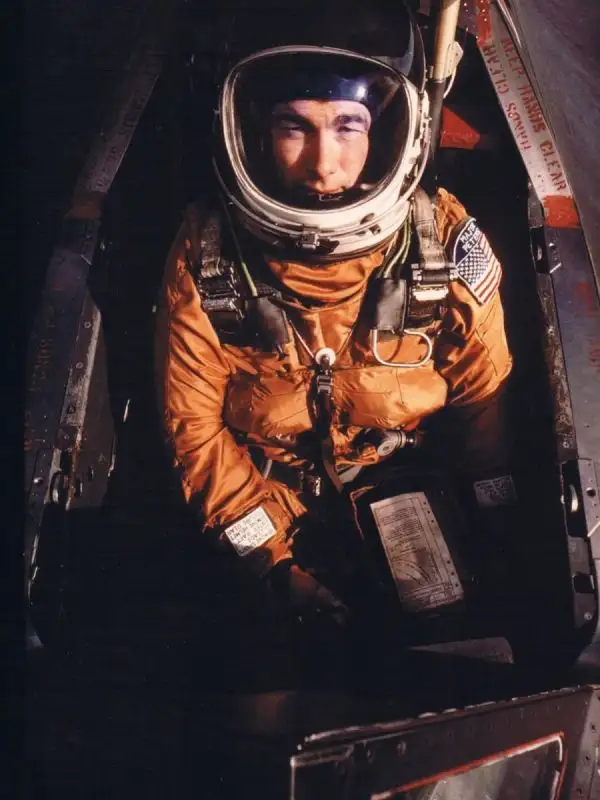SR-71, KC-135Q and JP-7
If not for air refueling, the SR-71 Blackbird’s range would be relatively limited to about 2,000 NM. The aircraft’s range was increased by several air refuelings, reaching the crew’s endurance limit. A few missions have gone above 12,000 NM. The SR-71 and KC-135Q tankers’ forward basing allowed for increased overall efficiency, shorter range, shorter length missions, and faster response.
There were various ways in which KC-135Q crews and their aircraft were different from other Air Force crews. Their boom operators were the only ones qualified to refuel the SR-71, and their aircrews were the only ones qualified for Blackbird’s specific radio-silent rendezvous procedures. The Q-model tankers could transfer JP-4 and JP-7 fuel between different tanks because of the special plumbing between the fuel tanks. They may use JP-4 or JP-7 fuel in their engine. If the SR-71 landed in an area without JP-7 fuel, the Q-model tankers would fly in with the fuel and refill the aircraft using ground-based transfer hoses.
How to get better gas mileage in an SR-71 Blackbird flying at Mach 3
David Peters, former SR-71 pilot, describes how to get better gas mileage in a Blackbird flying at Mach 3.

‘We had some gimmicks we used to make fuel. Each plane was different, but the techniques were very close. As soon as we started the climb away from the tanker, I would select tank two manually and even sometimes go to manual aft transfer to get the CG aft as soon as possible. After leveling off at Mach 3, I would get the CG situated where the trim was at zero for a slight cruise climb thus eliminating induced drag. Next, I would have the aft doors in A position and manipulate the speed to close the forward doors as much as possible without creating an unstart. This might be anywhere from 3.0 to maybe as high as 3.04 or 5.
‘Much of this was dependent on the outside temperature. If it was colder than standard, you could do even better. Hotter than standard not so good but always better than the plan. Using these techniques and a few more I would often see fuel flows below 3600 lbs/hr/per engine at Mach 3. Ed and I rarely came back from a mission with less than 5,000 lbs more fuel than the flight plan called for. There are a lot of those things involved. Flying the SR required a great deal of stick and rudder abilities under some circumstances but I always told people it was primarily a cerebral machine. You had to have a very deep understanding of how it worked to get the job done.’
Skill and knowledge
Peters concludes;
‘I have said many times before, much to the contrary of the engineers, that DAFICS [digital automatic flight and inlet control system] really screwed up what the airplane was capable of just like everything we seem to do anymore, it took the skill and knowledge of the operator pretty much out of the equation. But that is another discussion.’
Check out Habubrats SR-71‘s Twitter profile and Born into the Wilde Blue Yonder Habubrats‘s Facebook page for further Blackbird photos and stories.
Photo by David Peters and TSgt. Michael Haggerty / U.S. Air Force

